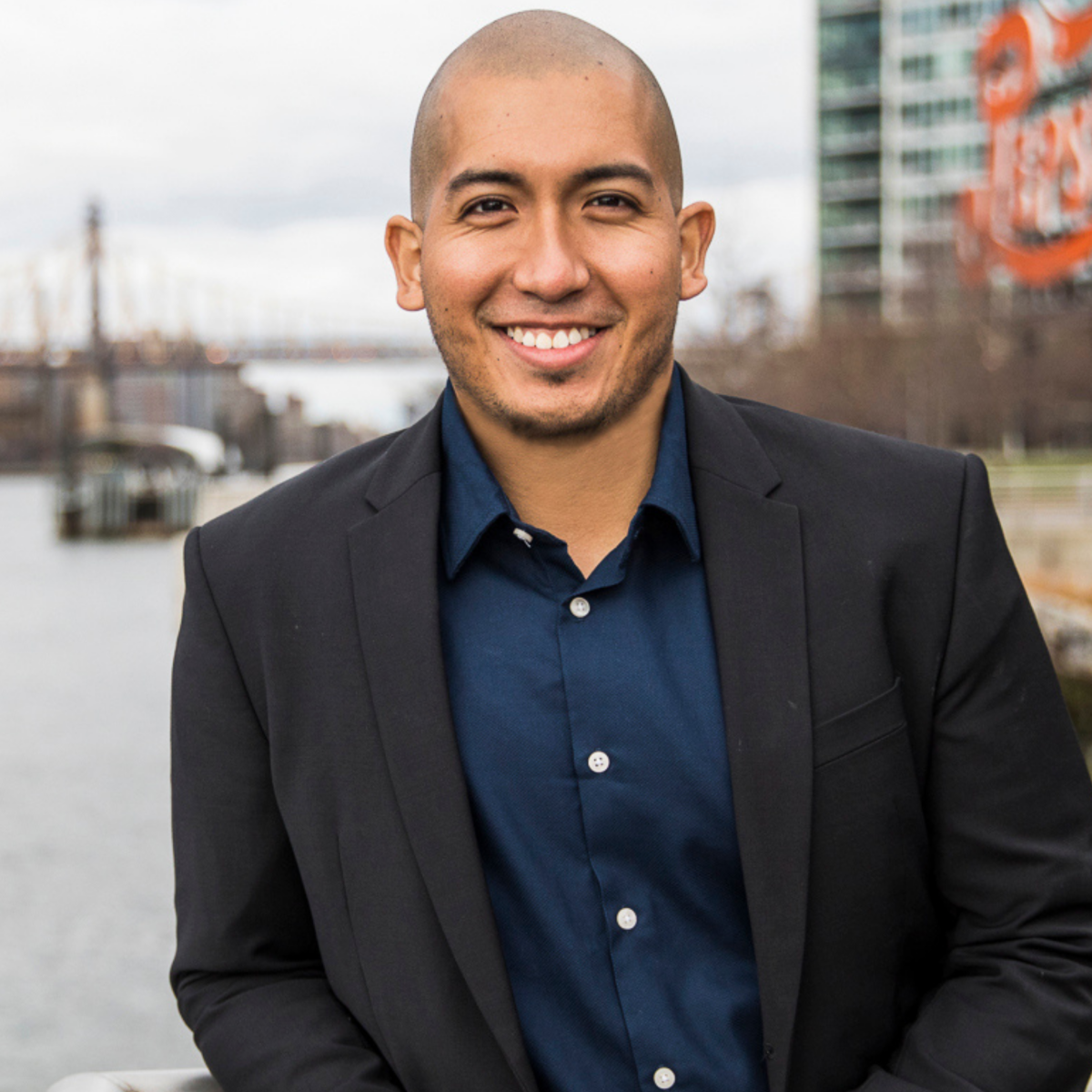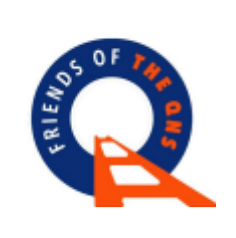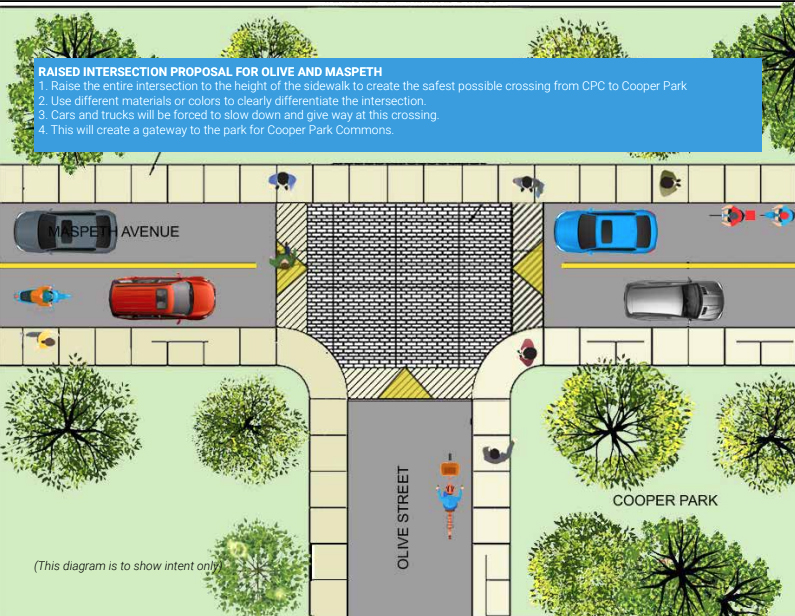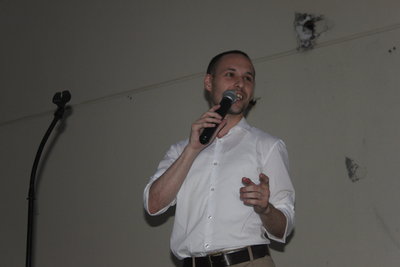
If convicted, Bonola faces up to 25 years-to-life in prison.
David Bonola, 44, of Richmond Hill is facing murder charges in the case of Orsolya Gaal, a 51-year-old mother of two from Forest Hills.
The body was discovered when a passerby noticed a suspicious bag located nearby Forest Park, was covered in blood. They immediately called 911 to notify the police. Upon their arrival, they discovered Gaal’s mutilated body was stuffed inside.
According to ABC Eyewitness News, the victim had last been seen at the Forest Hills Station House the night before she was discovered in the park. The bar staff said that Gaal was a regular customer and that her recent visit was nothing out of the ordinary.
It was shortly after Gaal returned to her home on Juno Street that Bonola entered the house. It is believed, based on several published reports, that Bonola knew of a spare key to the residence and had previously done work on the home.
He and Gaal got into a verbal altercation in the basement of the house, which soon escalated to the point where Bonola allegedly slit her throat and stabbed her 58 times in the neck, torso and arm.
According to Chief of Detectives James Essig, the pair had an on-again, off-again relationship in the past, and were romantically involved prior to the attack. Both Bonola and Gaal are married, but carried out an affair for the last two years.
Video surveillance footage taken the night of the incident revealed that the defendant then dragged the duffel bag through the neighborhood up to Metropolitan Avenue and Union Turnpike, where she was found, leaving behind a trail of blood.
Bonola confessed to the crimes after voluntarily returning to the precinct, eventually surrendering to police, who were led to find additional evidence including a knife, a jacket, boots, and a t-shirt which they believe he was wearing at the time of the murder.
Essig said that there are no additional suspects in connection to the case at this time.
Police also indicated that Gaal’s husband and one of her two sons were out of town visiting colleges on the West Coast, when her body was found. Her other son was asleep on the top floor of the house when the incident occured.
Following the brutal attack, her husband received threatening texts from his wife’s phone, which Bonola later told police had been sent in an effort to take suspicion away from himself.

Gaal previously made a post to a local Facebook group sharing concerns about increased crime in the area.
Gaal, who was active on social media, was a member of the Facebook group “Forest Hills, Rego Park, Kew Gardens – ‘Our Communities’” which is dedicated to the central Queens area where the incident took place.
Eerily enough, in 2020, Gaal made a post sharing concerns for her safety in the community, and the measures she had taken to protect herself.
“Given the recent attack on a woman in Forest Park and the general uptick of crime and seedy characters in the neighborhood, I sought info here to get mace/pepper spray for my runs in the park,” Gaal wrote in the post.
Bonola was arraigned on Thursday night before Queens Criminal Court Judge Anthony M. Battisti on second degree murder charges, along with tampering with physical evidence, and criminal possession of a weapon.
“Two boys are left without a mother and a young teenager faces the added trauma of being home when this heinous murder took place,” District Attorney Melinda Katz said in a statement about the case. “The defendant is now in custody and will be held to account for this horrific crime.” If convicted, he could potentially face up to 25 years-to-life in prison.
Bonola has at least one prior arrest from back in 2013, according to NBC 4 News, but police have stated that it has no bearing on their investigation.










 “It has been a true honor to serve and I will never forget that I owe everything to the kindness of the people who allowed me to serve as their representative,” Barnwell announced on Twitter. “Just like any other job, you deal with various things you do not like and then one thing is the final straw that makes you decide to move on.”
“It has been a true honor to serve and I will never forget that I owe everything to the kindness of the people who allowed me to serve as their representative,” Barnwell announced on Twitter. “Just like any other job, you deal with various things you do not like and then one thing is the final straw that makes you decide to move on.”